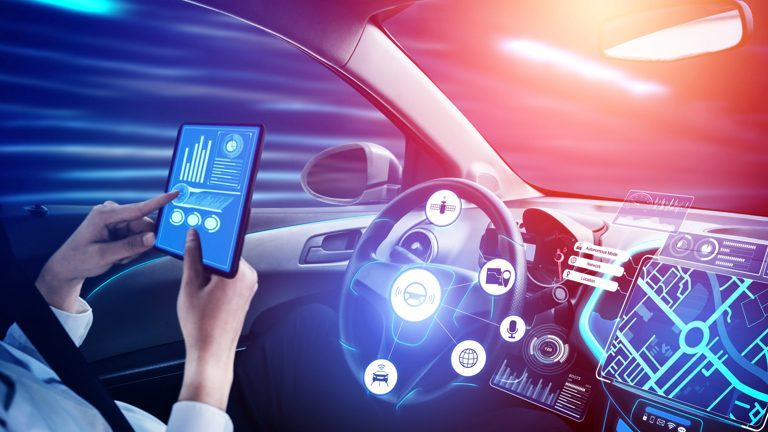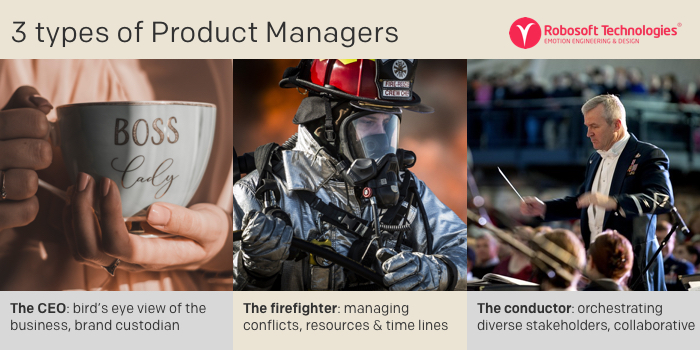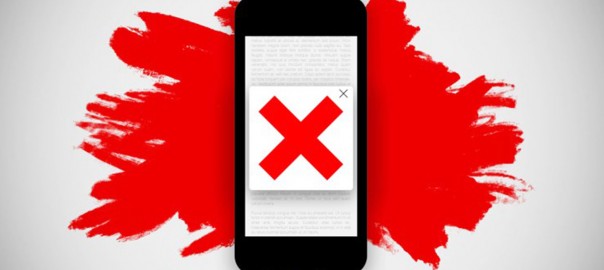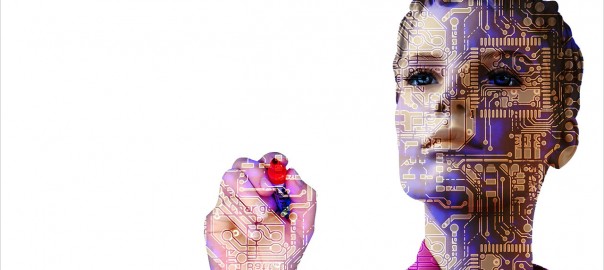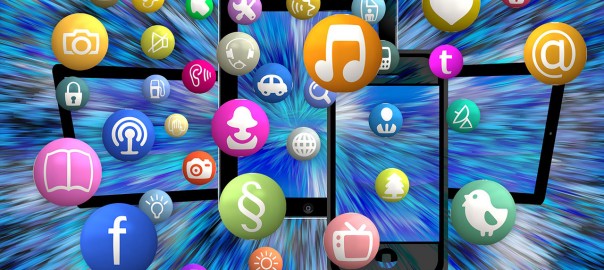Since 1990, India has taken progressive steps towards innovation in digital payments. Starting with Electronic Clearing Service (ECS) in 1990 to the implementation of the Unified Payments Interface (UPI) in 2016, the Indian payment system has made steady progress in modernising the payment infrastructure and institutionalising a robust payments ecosystem.
Taking yet another step forward, the Reserve Bank of India (RBI) launched the Central Bank Digital Currency (CBDC) pilot with select banks on December 1, 2022. Even though the UPI and COVID-19 pandemic has accelerated the adoption of digital payments, in the Indian context, cash is still king. Therefore, the moment was opportune for the RBI to step-in and bring in necessary digital interventions to reduce this serious dependency on cash. And when the CBDC pilot was launched on 1st December, it was received positively by the industry.
Managing and monitoring cash is not just a regulatory burden but is an expensive affair for businesses as well. And within this context, the CBDC pilot can be viewed as watershed moment that will have far reaching consequences for the Indian economy.
What is CBDC?
The RBI defines the CBDC as a legal tender issued by a central bank in a digital form. It is the same as a sovereign currency and is exchangeable at par with the fiat currency. It will be accepted as a legal tender, and a safe store of value by all citizens, enterprises, and government agencies.
It is a fungible legal tender for which holders need not have bank accounts. And as exchange of cash between parties happen outside the banking system, payments made using CBDC (or e-rupee) will not go via the traditional interbank payment settlement processes and will never appear in customer’s bank statements. In effect, the e-rupee will function exactly like cash in our pockets or wallets and will be available in the same denominations.
What are the key benefits of CBDC?
As per the RBI’s Concept Note on Central Bank Digital Currency, the key motivations for exploring the issuance of CBDC in India were to reduce operational costs associated with physical cash management, fostering financial inclusion, bringing resilience, efficiency and innovation in payment systems, boosting innovations in cross-border payments and providing the public with uses that any virtual currency can provide, without the associated risks. Therefore, unlike cryptocurrencies, CBDCs will provide the benefits of virtual currencies while ensuring consumer protection.
Benefits for the public:
- The biggest benefit for the general public is that they would not be required to carry and manage cash. Hence, there is no risk of losing cash. In the e-rupee system, even if someone loses the phone, the wallet can be re-installed, and the money can be recovered.
- People can transact freely without having to worry about managing and replacing torn notes.
- In due course, it will enable underbanked and unbanked people to directly receive government grants and cash benefits.
- With e-rupee wallet, people will have access to better financial services, especially in the remote areas.
- Safeguards people from losing money due to the circulation of counterfeit currencies.
- Instant settlement of transactions via wallet-to-wallet transfers. In due course, people will be able to transact in offline mode as well.
Benefits for the society:
Today India spends close to Rs. 5000 crore per year (approx. $6 billion) in printing physical cash. Not to forget the countless trees that are felled and the consumption of enormous quantities of ink in printing currency notes. For one, the transition to e-rupee will be a significant gain to the exchequer and the environment. Moreover:
- Retail outlets, stores and banks will reduce substantial overheads to manage high volumes of cash.
- It will allow the government to address the growing concerns around the circulation of counterfeit notes. With e-rupee, every rupee will be verifiable.
Despite various steps taken in strengthening financial inclusion, a lot still needs to be done. Challenges like limited physical infrastructure in remote areas, poor connectivity, lack of integration of credit with livelihood activities or access to other financial services may be overcome by providing the public with a safe sovereign digital money for meeting various transactional needs. It may be hoped that e-rupee shall make financial services more accessible to the unbanked and underbanked population.
Unlike UPI or any other form of electronic payment, e-rupee transactions will not be settled via the current settlement process and therefore, will reduce the stress on the current inter-bank settlement processes.
In the current context, physical exchange of cash leaves no trail. Therefore, it is almost impossible to track & trace how the cash changed hands. However, if it is required, the e-rupee will assist the government in tracing all transactions done via e-rupee.
As is the case with most digital interventions, the moment these interventions go public, diverse and wide-ranging use cases emerge. The industry always finds unique and innovative ways to exploit opportunities in a manner that serves the interests of their organisations and their end-customers. As the pilot goes on and as the product matures, we are certain we’ll see far more uses for the e-rupee than we see today. With a sense of cautious optimism, we hope that the e-rupee truly transforms the way India transacts across cities, towns and villages.


